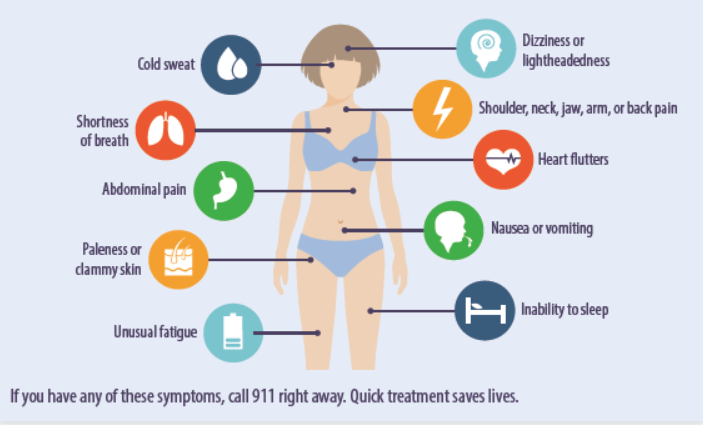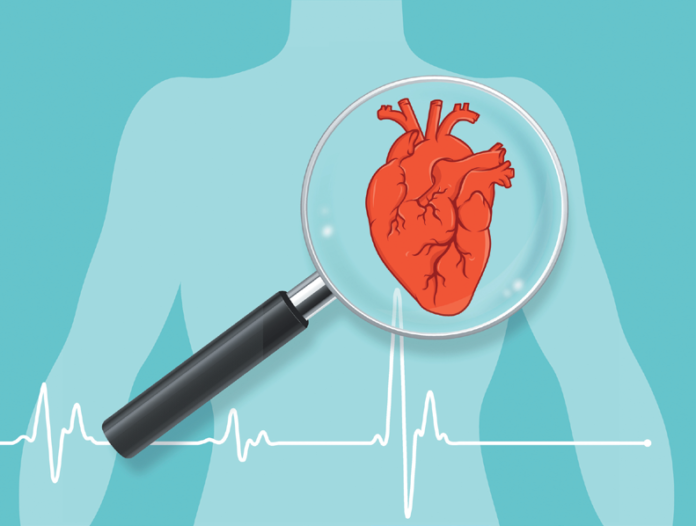Someone has a heart attack in the United States every 40 seconds. Blood flow to a section of the heart becomes blocked and, starved of oxygen, that section of heart muscle is injured or even dies. Here are some simple dos and don’ts that can lower the risk of heart attack—and save your life or the life of a loved one.
✖ DON’T assume you know what a heart attack feels like. When someone on TV clutches their chest, we know they are having a heart attack. But in real life, heart attack symptoms are more varied. “We typically picture it as pressure deep in the middle of the chest,” says James Udelson, MD, chief of the Division of Cardiology at Tufts Medical Center, “but some people just feel it in the left arm, some in the neck, jaw, or back. Some have sharp pain instead of pressure. Some people just get short of breath. Nausea and vomiting are also possible. For reasons we don’t understand, women are more likely than men to experience these atypical symptoms.” In a study that asked 515 women about their symptoms before a heart attack, chest pain was not one of the most frequently reported symptoms. Symptoms commonly reported included unusual fatigue, sleep disturbances, anxiety and lightheadedness. (See Possible Heart Attack Symptoms.) People with diabetes are prone to nerve damage (neuropathy), which can make them more likely to have an unusual presentation of heart attack symptoms.
✖ DON’T hesitate to call for help. Many people think they have indigestion or hope what they’re feeling will pass. “The earlier a heart attack is treated, the more heart muscle we can save,” says Udelson. “The most important thing someone can do is seek help quickly. Don’t worry about a false alarm. Assume it’s a heart attack and call 911.”
✔ DO know your risk factors. Major risk factors for heart attack all relate to lifestyle: smoking; not consuming a healthy dietary pattern; physical inactivity; being overweight or obese; or having high blood pressure, diabetes, chronic inflammation, or abnormal blood cholesterol levels (high LDL cholesterol, high triglycerides, and/or low HDL cholesterol).
“Older age is one of the strongest risk factors,” says Dariush Mozaffarian, MD, DrPH, dean of the Friedman School and editor-in-chief of Tufts Health & Nutrition Letter. “Having a first degree relative with a history of a heart attack also raises your risk, especially if that heart attack occurred at a younger age. Because your age, gender, and family history cannot be controlled, it’s even more important to address the lifestyle risk factors that can be controlled.”
✔ DO take basic steps, every day, to protect your heart. Studies show that healthy eating (like a Mediterranean-style dietary pattern and the DASH diet detailed on page 4) could reduce heart attack risk up to 30 percent. See the Take Charge! box for more proven steps you can take to reduce your heart attack risk.

Make an appointment with your healthcare provider to get started today!
Adapted from: American Heart Association





















